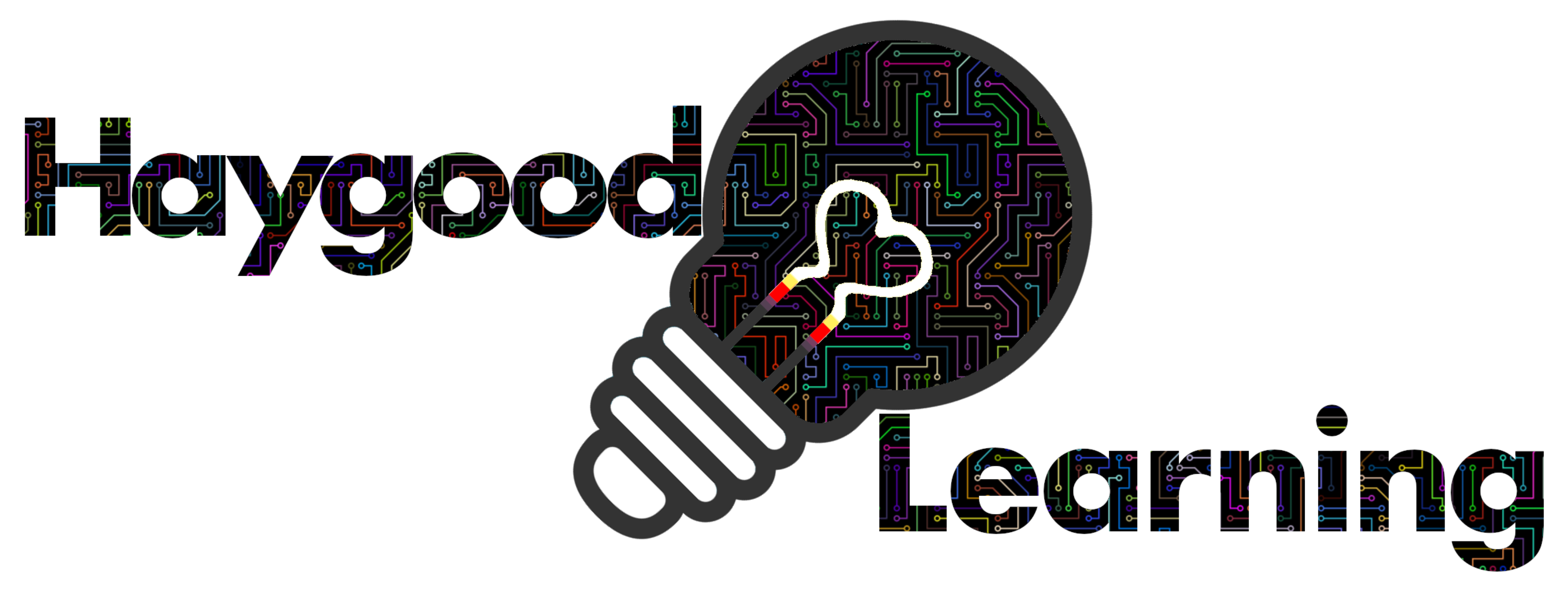
Process
Differentiation

This involves varying the learning activities/strategies to provide appropriate methods for students to explore the concepts at hand.
Like content differentiation, process differentiation revolves around choice and ability. Modifying the process means modifying how a student interacts and applies the learning. Think Bloom’s Revised Taxonomy.
The Davidson Institute says that processing activities must be restructured to:
- Be more intellectually demanding
- Require a higher level of response
- Stimulate inquiry
- Allow active exploration
- Facilitate discovery
- Encourage making abstract connections
- Increase the level of Bloom’s Taxonomy of Educational Objectives on the task
Examples of Process Differentiation:
- Depth & Complexity Framework
- Self-Directed Learning
- Flexible Pacing
- Modifying Group Interactions and Roles
- Guided Self-Management
- Allowing for flexible groupings of students: individual, pairs, small groups
- Specialized Learning Centers (for Skill Work)
- Games and activities that encourage creativity and reward risk-taking
- Discussions and activities that involve both Divergent (many correct answers) Thinking and Convergent Thinking (only one correct answer)
- Think-Pair-Share
- Journaling
- Partner talk
- Save the Last Word (PDF)
- Literature Circles (which also support content differentiation)
- Creating and Using Graphic Organizers, Mind Maps, Frayer Models, Graphical Representations, etc.
- RAFTs
- Reading Workshops
- Jigsaw
- Alternative Vocabulary Activities: Definition Extensions from Susan Winebrenner)
- Shared Experience Activities
- Tic-Tac-Toe Choice Board
- 4×4 Choice Board
- Activities Menu



Haygood Learning
Let them learn.
Copyright © 2025 Haygood Learning. All rights reserved.
